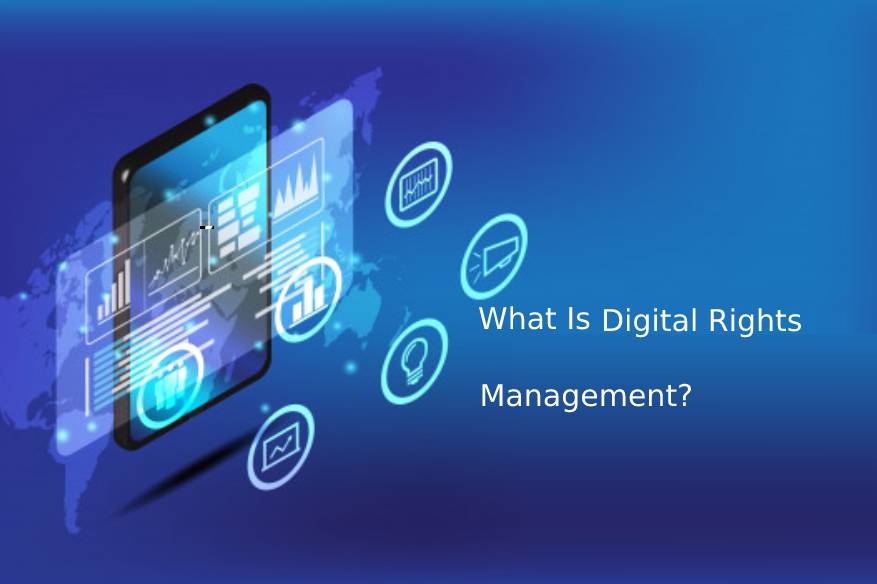DRM: What Is Digital Rights Management? Is It Useful?

Singers, video game producers, and anyone who creates digital content all dislike one thing: piracy and copyright infringement. Since the creation of digital products, content makers have always experimented with ways to stop users from distributing and selling their product without permission. That’s why digital security experts continue to find ways to improve Digital Rights Management, or DRM systems.
What Is Digital Rights Management? What Does It Protect?
When mentioning DRM to people, there is always a few who ask, “What is Digital Rights Management?” or, “What is DRM?”
In the simplest terms, Digital Rights Management, or “DRM,” is a method of protecting copyrighted material from being used by others in ways that are not permitted by the creator.
When someone creates a digital product, like music or video games, the creator is given special rights by law. These include the right to get paid for the use of their work by another person, the right to decide how others may use their creation, and the right to be paid by others for selling their creation.
But because hundreds of people can buy a digital product online, it’s difficult for creators to monitor how their product is being used. To protect their rights over their creation and to be paid for its use, DRM systems are used.
What Is Digital Rights Management? — Common Process of DRM
DRM is usually a two-phase process: The first phase is the encryption of the digital product, and the second phase is the authentication process.
The authentication process can be software-based or hardware-based, with the latter being a much stricter form of authentication. If users pass the authentication process, the decryption process is used to decrypt the digital product from its security box and enable its usage.
What Is Digital Rights Management? — Kinds of DRMs
Digital Rights Management is not a new creation; it’s been around since the beginning of digital content and digital products. But the forms of DRMs have evolved over time and become even more sophisticated. Here are common forms of DRM used today:
Product key DRM is a commonly used DRM for professional-use software, like Microsoft Office or Adobe Photoshop CS6. These are known to use product key DRMs.
Limited use DRM is mostly used by video or music stream platforms like Netflix and Spotify. Limited use DRMs prevent the number of times a product can be used on multiple devices.
“Trap” DRM is a creative form of DRM that some game developers use to prevent video game piracy. Games like “Serious Sam 3” and “Game Dev Tycoon” are games with this kind of DRM.
Authentication DRM is another DRM form that many game developers and game distributors use to prevent game piracy. This kind of DRM often requires account authentication to check if the product used is authentic or a cracked version.
“Always On” DRM, or “always online” DRM, is the strongest and the most consumer-hated type of DRM, especially when used in video games. This DRM system requires an internet connection to use the digital product or service.
Piracy is a growing industry in the digital age, so knowledge of DRM systems is important not only to digital product makers but also to buyers, since they are most affected by the implementation of DRMs. So, the next time someone asks, “What is Digital Rights Management?” or, “What is DRM used for?”, it will be easy to explain what it is and why it’s being used.